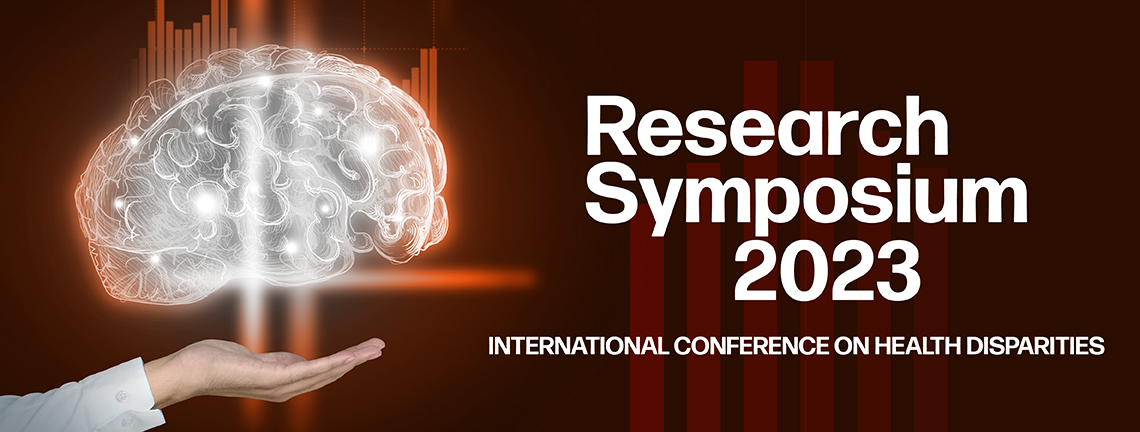
Posters
Academic/Professional Position (Other)
MS3
Presentation Type
Poster
Discipline Track
Patient Care
Abstract Type
Case Report
Abstract
Background: Approximately 37.3 million people in the United States have diabetes, accounting for 14.7% of the US population. Additionally, an estimated 2 million adults with diabetes have no health insurance coverage, which can contribute to chronic co-morbidities and increase all-cause mortality. Given the economic challenges these uninsured patients may face, it is important for healthcare providers to understand the cost-effective treatment options available to improve long-term outcomes. Therefore, this abstract aims to provide a cost-effective treatment algorithm for uninsured patients with diabetes.
Case Presentation: Our patient was a 47-year-old uninsured Hispanic female with uncontrolled type 2 diabetes mellitus. The patient’s self-reported daily blood sugar levels ranged from 140-200 mg/dL, and her most recent hemoglobin A1c level was 8.6%, which she attributed to a sedentary lifestyle, poor diet, and the inability to afford her prescription medications due to a lack of insurance. Given her financial constraints, a cost-effective medical optimization strategy was implemented. This included patient education as well as prescribing more affordable medications with the goal of improving her glycemic control and reducing long-term complications related to diabetes.
Conclusion: Management of diabetes in the uninsured or financially hard-shipped patient population can be difficult but is feasible through cost-saving coupons and discount pharmacies. Oral treatment options typically include 1st and 2nd-generation sulfonylureas, meglitinides, biguanides, and thiazolidinediones. Insulin, as part of the pharmacologic treatment, is often saved until oral low-cost options fail to aid in managing the disease but also have cost-effective options.
However, while cost-saving measures such as coupons and online pharmacies provide a viable solution for uninsured diabetic patients, it is important to note these treatment options may not be as effective as the established gold-standard treatments (DPP-4 inhibitors, SGLT2 inhibitors, GLP-1 agonists, rapid and basal insulins) as per the American Diabetes Association 2023 Standards of Care. Despite this limitation, these cost-effective treatment options can still play a significant role in improving blood sugar management and hopefully limit complications associated with long-term uncontrolled diabetes.
Recommended Citation
Selva, Sidney; Bialaszewski, Ryan; Althaus, Elizabeth; Campos, Pamela; Arab, Shuaibahmed M.; and Chang, Chelsea, "Cost Effective Treatment Options for Uninsured Patients with Diabetes" (2024). Research Symposium. 43.
https://scholarworks.utrgv.edu/somrs/2023/posters/43
Included in
Cost Effective Treatment Options for Uninsured Patients with Diabetes
Background: Approximately 37.3 million people in the United States have diabetes, accounting for 14.7% of the US population. Additionally, an estimated 2 million adults with diabetes have no health insurance coverage, which can contribute to chronic co-morbidities and increase all-cause mortality. Given the economic challenges these uninsured patients may face, it is important for healthcare providers to understand the cost-effective treatment options available to improve long-term outcomes. Therefore, this abstract aims to provide a cost-effective treatment algorithm for uninsured patients with diabetes.
Case Presentation: Our patient was a 47-year-old uninsured Hispanic female with uncontrolled type 2 diabetes mellitus. The patient’s self-reported daily blood sugar levels ranged from 140-200 mg/dL, and her most recent hemoglobin A1c level was 8.6%, which she attributed to a sedentary lifestyle, poor diet, and the inability to afford her prescription medications due to a lack of insurance. Given her financial constraints, a cost-effective medical optimization strategy was implemented. This included patient education as well as prescribing more affordable medications with the goal of improving her glycemic control and reducing long-term complications related to diabetes.
Conclusion: Management of diabetes in the uninsured or financially hard-shipped patient population can be difficult but is feasible through cost-saving coupons and discount pharmacies. Oral treatment options typically include 1st and 2nd-generation sulfonylureas, meglitinides, biguanides, and thiazolidinediones. Insulin, as part of the pharmacologic treatment, is often saved until oral low-cost options fail to aid in managing the disease but also have cost-effective options.
However, while cost-saving measures such as coupons and online pharmacies provide a viable solution for uninsured diabetic patients, it is important to note these treatment options may not be as effective as the established gold-standard treatments (DPP-4 inhibitors, SGLT2 inhibitors, GLP-1 agonists, rapid and basal insulins) as per the American Diabetes Association 2023 Standards of Care. Despite this limitation, these cost-effective treatment options can still play a significant role in improving blood sugar management and hopefully limit complications associated with long-term uncontrolled diabetes.

